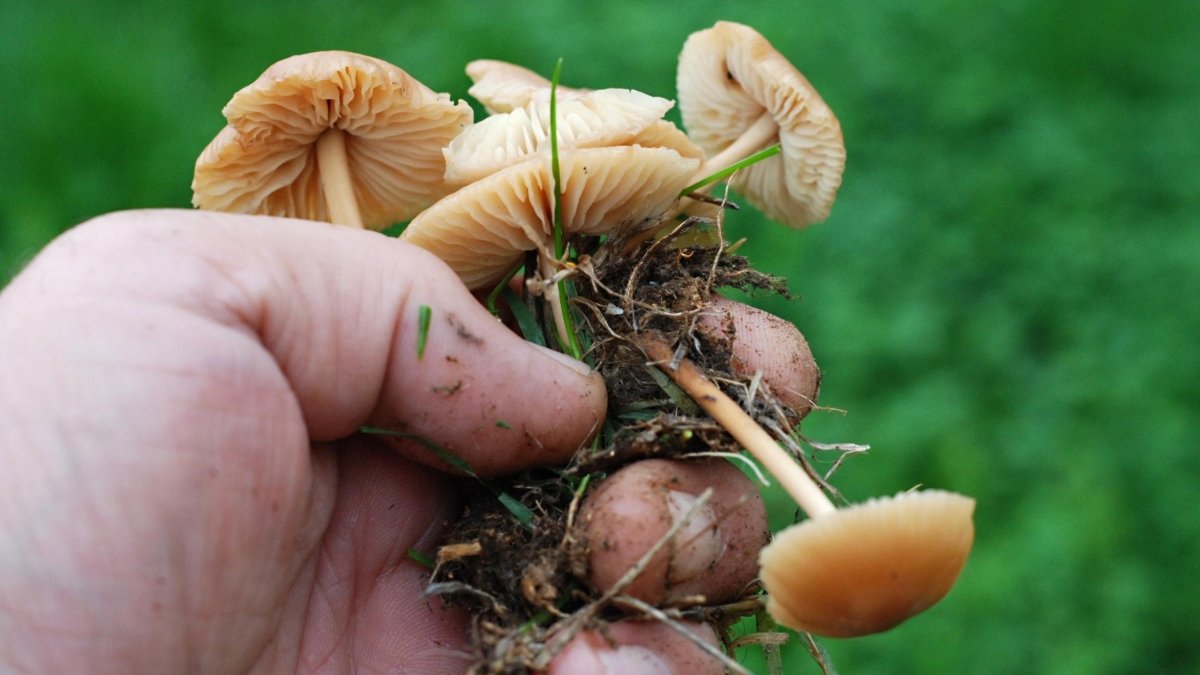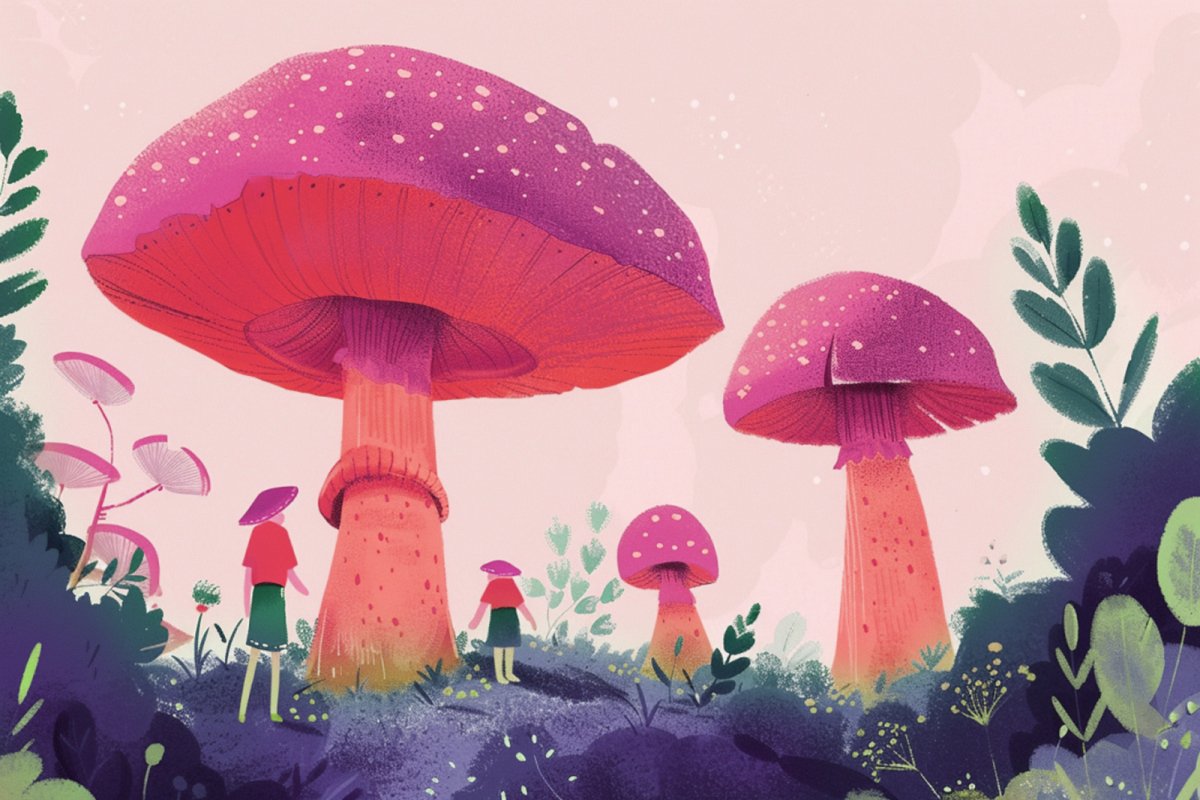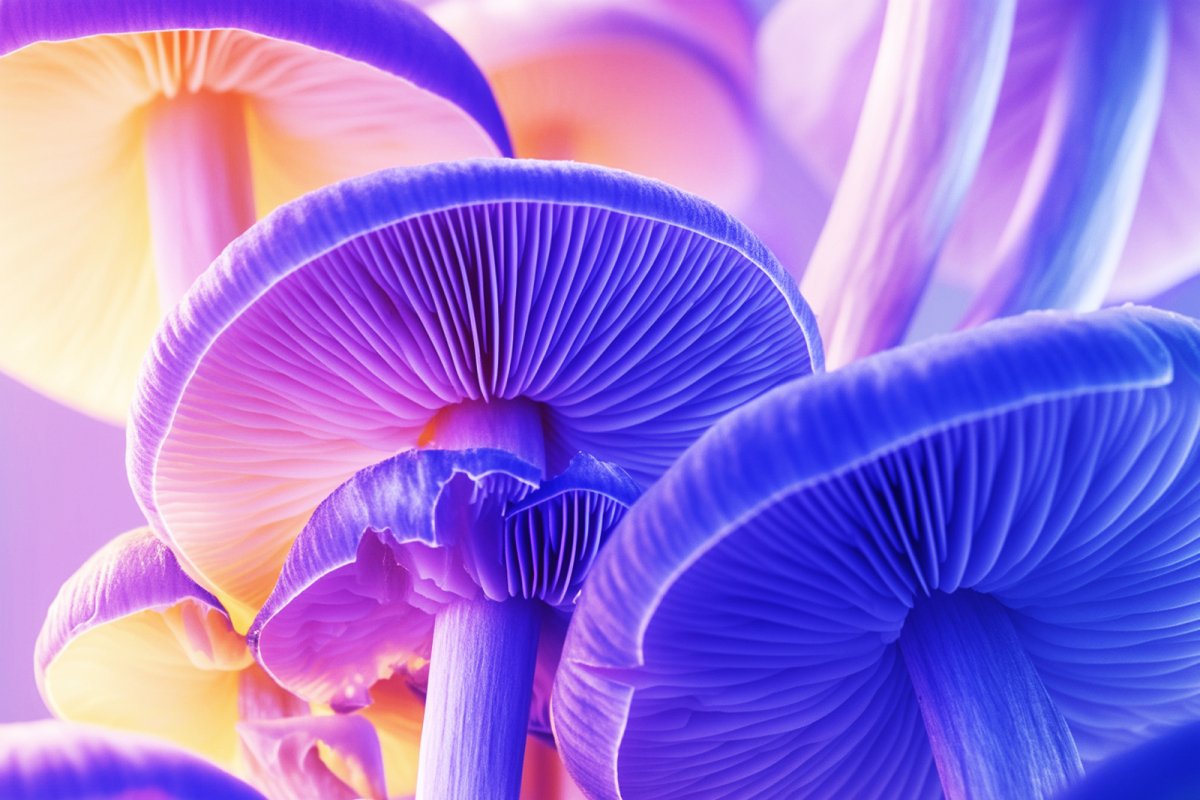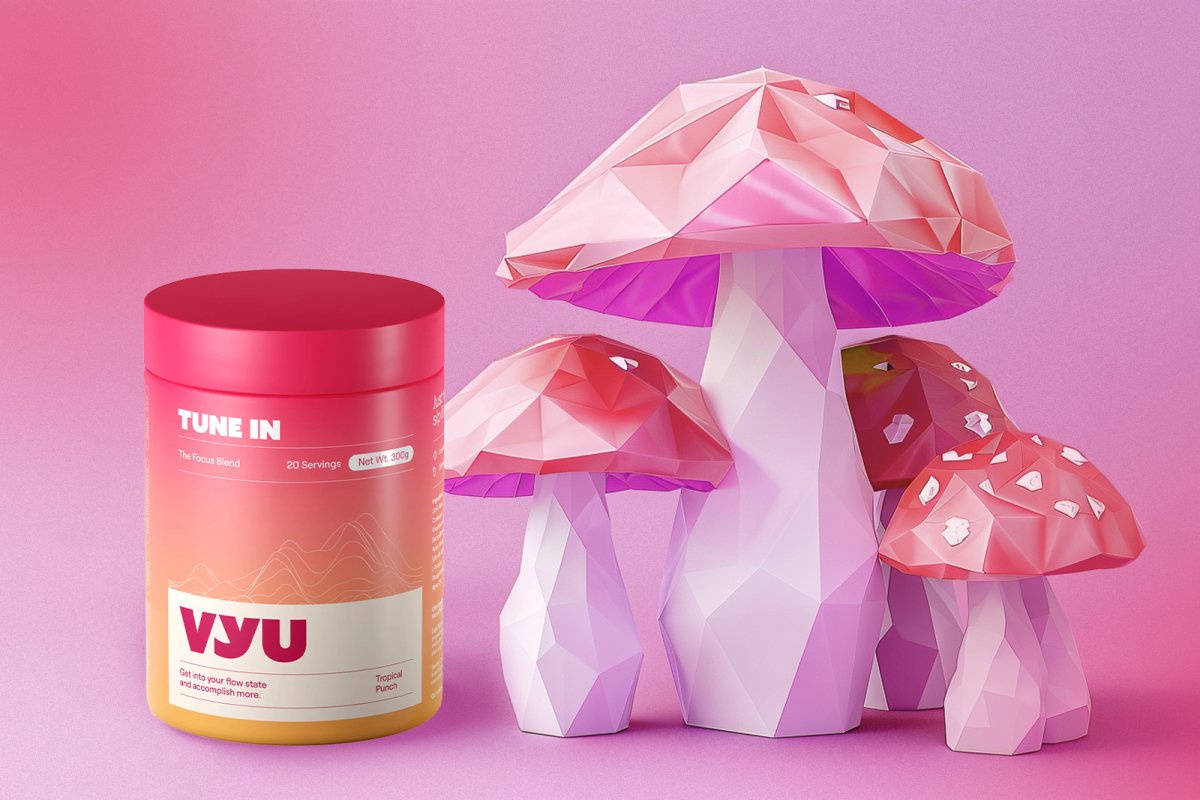

Why are Mushrooms Important to the Food Chain?
Published:
Updated:
We all know that nature is a perfect machine where everything is interconnected. Every living organism, from the blue whale all the way to minuscule bacteria, all have a unique role and are essential in the preservation of balance in the natural world.
Sometimes these living organisms live with others in symbiotic relationships. Sometimes they have to eat each other. It sounds cruel, but thats how nature works. And one of the most underrated players of this perfect balance that is nature is fungi.
Lets see what makes them vital.
How Are Fungi & Plants Similar?
As you might know already, mushrooms constitute a kingdom of life of their own, entirely separate from those of plants and animals. However, in many ways, plants share some common characteristics with fungi that often lead to confusion.
Lets go over the most important ones worth distinguishing between to avoid accidental mix-ups!
Cell Structure
First off, from a purely biological perspective, fungi and plants share quite a lot at the cellular level. Mushroom cells have a cell wall, just like those of plants. Also, like plants, fungi keep their DNA enclosed in a cellular membrane, and they share nearly the same set of organelles, including mitochondria and the Golgi apparatus.
Relationships
Both plants and mushrooms depend on and interact with other organisms in their environment in many similar ways. Members of both groups can become parasites, leeching off of the resources of plants, animals, or fungi to survive. But symbiotic or other mutually beneficial relationships also exist across the plant and fungi kingdoms.
Both fungi and plants have the ability to communicate and exchange resources with not just other members of the same species but often across species lines. It is not unheard of for a group of plants and mushrooms to depend on each other, exchanging minerals, water, or other necessities via their respective underground root systems.
Mobility
Like most plants, most fungi also appear to grow straight out of the ground, being perfectly immobile for most of their lives.
A common mushroom seems to be segmented into flowering parts above the ground and root-building parts below, just like a plant. While mushrooms do not actually have roots, their mycelia serve a very similar purpose and look alike, too.
Apart from the lack of green color due to the absence of chlorophyll (mushrooms do not photosynthesize), both the appearance and behavior of the most common types of mushroom certainly fall in life with what we would expect from a plant.
Types of Fungi Found in Soil
If you pay enough attention, you will find that many common fungi, despite a similar exterior appearance at first glance, fulfill vastly different roles within their respective ecosystems.
Generally, we can group these into a handful of distinct types or categories.
Saprophytic Fungi
These are some of the most plentiful and well-known fungi, the so-called decomposers.
Mold is a classic example; its life cycle consists of growing out its slender hyphae to develop whats called a fungal mat. This is a thick, often fuzzy-looking sheet of mycelial tissue that attaches itself to its host and gradually breaks it down, metabolizing it in the process.
Mold and other decomposers thrive on recycling and metabolizing the dead tissue that other organisms have no nutritional use for; in so doing, they play an essential role in keeping the food supply fresh and clean.
Mutualistic Fungi
Some fungi lead a more actively cooperative lifestyle regarding the organisms inhabiting their surroundings. For example, truffles often engage in a kind of symbiosis with nearby trees, using their mycelia to absorb water and nutrients that benefit the tree. In exchange, the fungus receives sugars and other chemical compounds through the trees root system.
Some of these mutualistic relationships can be incredibly complex, involving not just two but many interacting and co-operating partners.
Pathogenic Fungi
Some mushrooms, however, take the opposite route by actively sabotaging other organisms and thriving at their expense. Parasites are an excellent example of this type of mushroom.
For example, a ringworm is a species of fungus not a worm that attacks our skin cells, leading to ring-shaped patches of dry, scaly, and itchy inflammation.
There are also many kinds of fungi that attack and feed off of plants, making them dangerous pests. A well-known example is an ergot, which causes headaches for farmers by destroying crops of grains such as rye and can also infect us with a disease called ergotism, which leads to convulsions, nerve damage, and in severe cases even gangrene.
Why are Mushrooms Important to the Food Chain?
There are many reasons why the above roles that mushrooms play in their respective ecosystems make them an important, in many cases, an essential link in the food chain.
The following video makes a solid case for the importance of fungus in the global ecosystem. A must-watch if youre curious to find out!
Decomposition
As we discussed above, many mushrooms are decomposers, helping to break down dead organic matter into smaller chunks that can be metabolized not just by the mushrooms themselves but in many cases also by other organisms, particularly plants.
A Food Source
Its not just us humans plenty of animals like to feed on the fruiting bodies of mushrooms, and in some cases, they represent an essential food source for their ecosystems.
The caribou is one famous example of an animal that mainly survives on a mushroom-based diet when the harsh Northern winters come along. As most plants dont survive in these environments, fungi fill the gap.
Symbiotic Relationships
As we mentioned above, many fungi engage in mutually-beneficial relationships with other organisms. In many cases, these can be symbiotic. This is when two organisms dont just help each other out but actively depend on one another for survival.
For example, the lichen is a fungus that acts as a host for cyanobacteria. It allows the bacteria to thrive by protecting it from moisture and environmental dangers. In return, the bacteria provide nutrients to the fungi through photosynthesis.
They are Parasites
We tend to associate parasitic organisms with negative roles. After all, they can hurt our bodies, destroy the food we eat and bring disease to us and our loved ones. However, in a certain sense, parasitic fungi still play an important role in the grander scale of things that deserve to be mentioned.
While it is true that many parasitic fungi can be vicious for example, monoliopthera perniciosa. This fungus causes the so-called Witches Broom Disease, infecting cocoa plants and decimating entire crops quickly. However, this actually plays a crucial role in keeping excess growth in check and allowing other weaker plants and other organisms to thrive.
Nutrient Recycling
Many fungi, in particular decomposers, help their surrounding environment by recycling nutrients into forms that other organisms can use. This is often the case in saprophytic fungi that feed off of carcasses or dead trees. In fact, fungi are the only known organism that can fully metabolize and recycle the cellulose found in wood.
Fungi That Yield Food
Many mushrooms are edible that you surely know already. But what you might not have realized is just how crucial and widespread the practice of growing fungi for food truly is.
For example, most termites are dependent on fungi for nutrition. The termite colony actively cultivates a certain type of mushroom within their nest. They feed the feces and other food by-products that the termites cant digest themselves to the fungi.
The fungus metabolizes this mass and turns it into an edible compost for the termites; simultaneously, the fungus gets to thrive in a safe environment.
Of course, we humans like to grow mushrooms as well usually, species like the shiitake have a long history in the cuisine of certain cultures. These mushrooms are not just yummy, but they also provide us with nutrients that are often not found in plant or animal-based foods!
VYU Blog Disclaimer
The information provided on the VYU blog is intended solely for informational and entertainment purposes. It should not be used as a substitute for professional medical advice, diagnosis, or treatment.
Always seek the advice of your physician or other qualified health provider with any questions you may have regarding a medical condition or treatment and before undertaking a new healthcare regimen. Never disregard professional medical advice or delay in seeking it because of something you have read on this website.
For more information, check out our FAQs and contact page.
Blog posts
-

Host Defense vs. Om Mushrooms vs. VYU
Compare Host Defense, Om Mushrooms, and VYU for your health journey. Find out which offers the best blend of taste and benefits. Elevate your wellness today! -

Genius Mushrooms vs. Om Mushroom vs. VYU
Learn why VYU is the superior choice for functional beverages, offering exceptional taste and health benefits to boost your mental performance -

Om Mushrooms vs. Four Sigmatic vs. VYU
Compare Om Mushrooms, Four Sigmatic, and VYU for your health journey. Choose the ideal beverage to boost your wellness today!
Sign up to our productivity newsletter
and get 10% off your first order.



